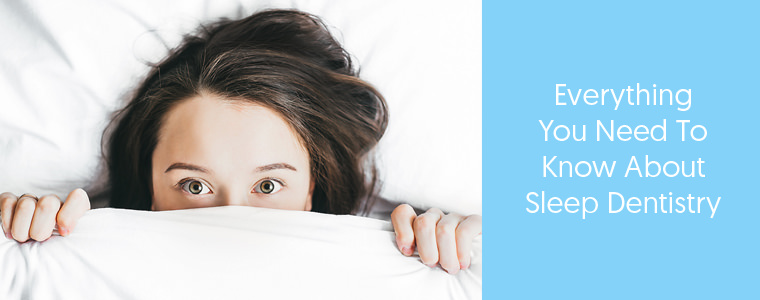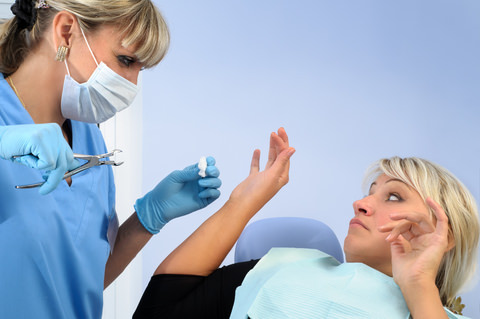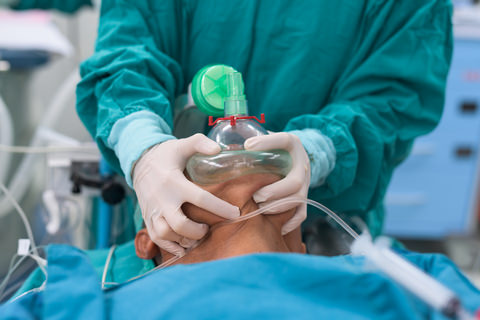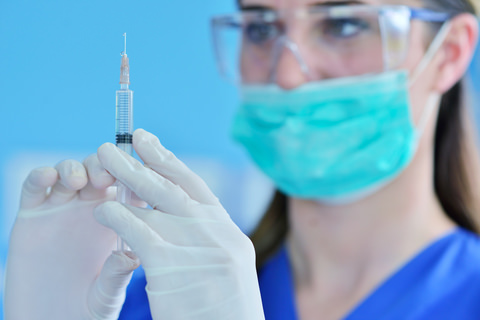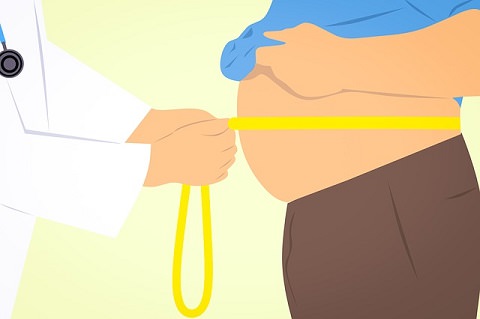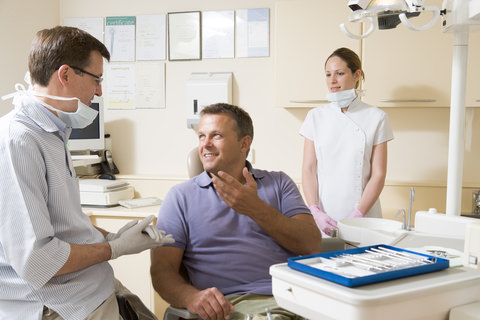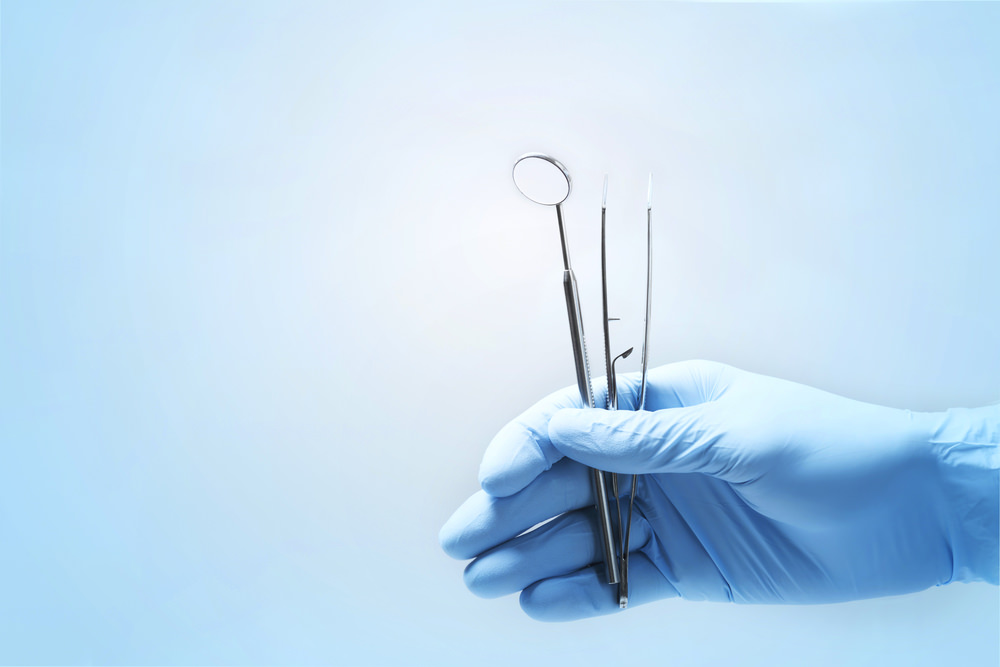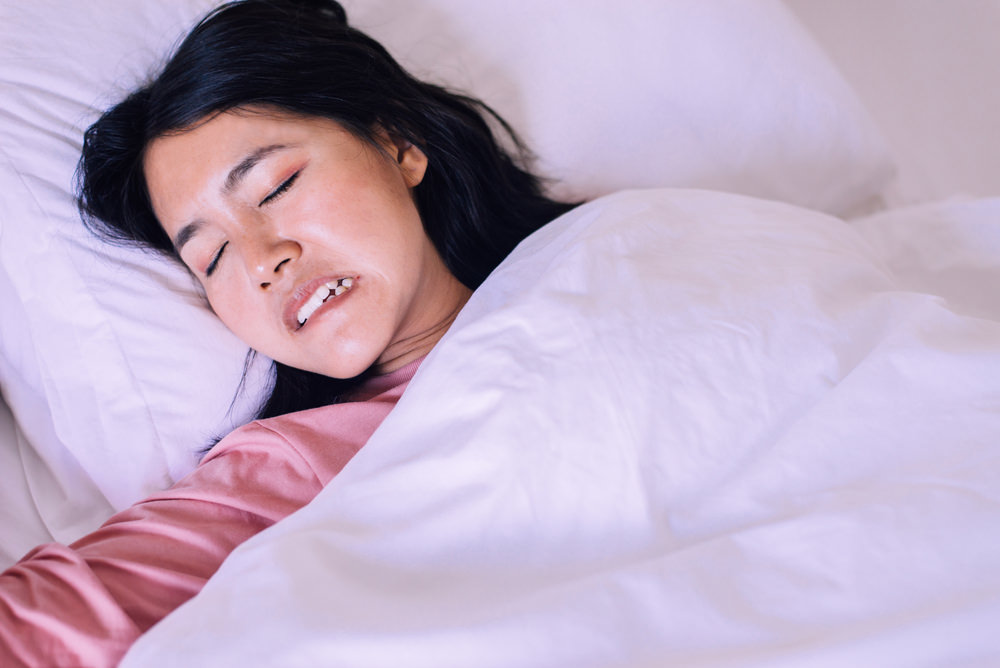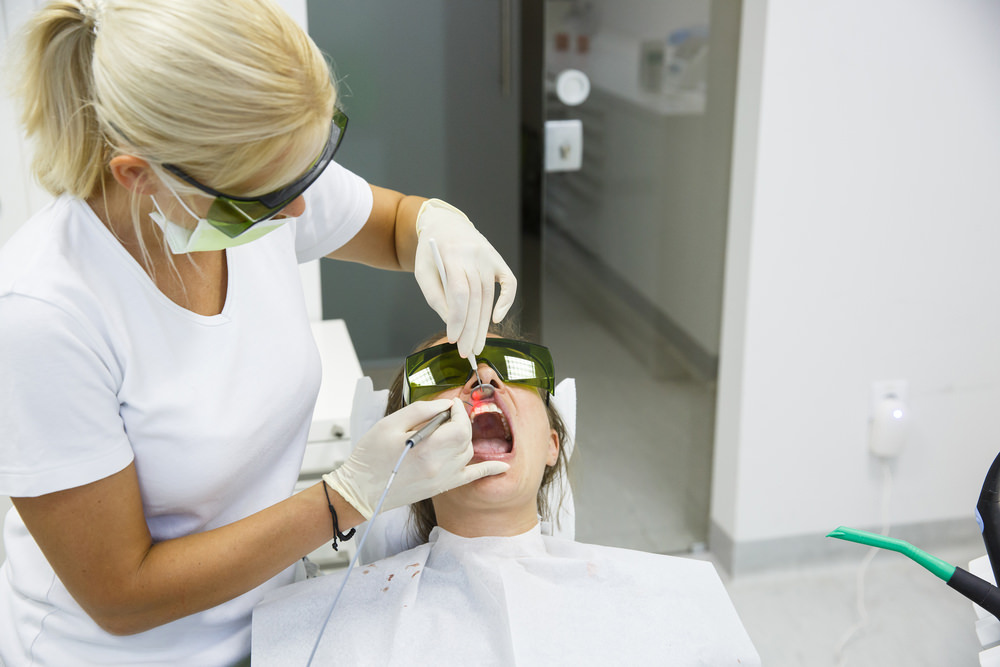What is Sleep Dentistry?
Sleep dentistry can reduce anxiety and make your dental appointment a pleasant experience.
But what is sleep dentistry and how does it work?
For those who deal with this anxiety and fear, sleep dentistry (also called sedation dentistry) can be a solution.
In this post, we discuss the common questions patients have and demystify sleep dentistry for you.
The answers you seek are just below.
Jump to Contents
- What is sleep dentistry?
- When is sleep dentistry used?
- What are the different kinds of sedation?
- How is the sedation given?
- Can I drive myself to and from my appointment?
- Can any dentist perform sleep dentistry?
- Is there anyone who should not receive sleep dentistry?
- How many appointments are necessary?
- How much does sleep dentistry cost?
What is Sleep Dentistry?
Sleep dentistry is also called sedation dentistry.
This is a more accurate term since the patient is not entirely asleep.
Sedation dentistry is what it’s called when your dentist uses different levels of sedation.
This is helpful for people who experience fear at the dentist.
It can be useful for those who have difficulty getting completely numb from the anaesthetic.
As well as helpful for those who have a hard time sitting through a procedure and for people who have a natural gag reflex.
The main idea is that you are more relaxed and comfortable than you would be without the sedation.
Depending on your dentist, the procedure and you as a patient, all of these will affect how well the sedation works.
I would recommend discussing this matter with your dentist to get the full picture and how sleep dentistry can help you.
When is Sleep Dentistry Used?
Sleep dentistry can be used for a variety of reasons.
Often it’s used because a patient is particularly fearful of the dentist, either because of a phobia or traumatic experience in the past.
It may also be appropriate for patients who suffer from anxiety disorders.
Sleep dentistry is also appropriate for patients for whom local anesthetic may not be enough to prevent pain during a procedure.
Sedation is commonly used during procedures like:
- Fillings
- Root canals
- Extractions
- Dental Implants
- Major work
It’s uncommon during routine things like exams and teeth cleanings.
But if you experience extreme anxiety some form of sedation may be an option.
Your dentist can help you decide whether sedation dentistry is right for you.
1. Mild Sedation
With mild sedation, you will still be awake, but you will be relaxed and potentially quite sleepy.
Two main types of mild sedation are nitrous oxide, also called happy gas and sedation given through a pill such as Valium.
2. Conscious Sedation
Sometimes called twilight sleep, conscious sedation is a moderate level of sedation. This may be appropriate for higher levels of anxiety.
Often given through an IV, and although you will be technically awake, you will be deeply relaxed and very sleepy.
Following the moderate sedation, you may not remember much of the procedure.
3. General Anaesthesia
General is the heaviest form of sedation by far.
If you receive general anaesthesia, you will be completely unconscious and in a deep sleep.
Your dentist may also refer to general anaesthesia as simply “sleep dentistry.”
Although there are many different forms of sedative dentistry, this is the only one that will put you completely to sleep.
You will not respond to commands or remember the procedure.
However, general anaesthesia does carry with it some risks.
The 3 main complications and risks with general anaesthesia are:
- A serious allergic reaction
- Waking up during the operation
- Death
Be sure to discuss this option with your dentist thoroughly and let her know if you are taking any medications.
It is often done in a hospital setting and is used in more extreme cases.
For the majority of people, lesser sedation is enough for a dental experience free from both stress and pain.
How is the Sedation Given?
How the sedation is given will depend on the type being administered.
In the case of nitrous oxide (happy gas), you will breathe in the gas during the appointment.
For oral sedatives, you will take a pill ahead of your procedure.
You may have to take a pill which your dentist will prescribe an hour before your appointment.
The pill begins to take effect, and you should be quite relaxed by the time your appointment starts.
For twilight sleep and general anesthesia, the sedative will be given through an IV inserted into a vein.
Since it’s given directly into the bloodstream, this sedation takes effect quite quickly.
Can I Drive Myself To and From My Appointment?
If you are receiving laughing gas, yes. The gas wears off quickly and can be helped along by your dentist giving you oxygen to breathe once the procedure is done.
For all other types of sedation dentistry, no.
With the oral sedation, it starts to kick in before your appointment begins and will not have fully worn off by the time your appointment is over. You would be quite impaired.
For the IV sedation, although it does not begin until you arrive at the dentist’s office, it will not wear off completely for a few hours after the appointment is over.
Because of this, you would not be safe to drive home following IV sedation.
If you’re planning on getting sedation other than happy gas, you’ll want to arrange for a friend or a family member to give you a ride to and from the dentist’s office.
Can Any Dentist Perform Sleep Dentistry?
No is the straight-up answer here.
If the dentist is performing IV sedation, they should be part of a Certified Dental Board Sedation Practice.
You will need to go to a dentist who specialises in sleep dentistry.
If your current dentist is not certified, they should be able to refer you to one who is. Or you can search for one in your location via google or bing.
Happy gas is more common and is also available at practices that do not specialise in sleep dentistry.
Since it is a milder sedative, there fewer risks associated with it
Is There Anyone Who Should Not Receive Sleep Dentistry?
Although sleep dentistry is usually safe when given by a qualified dentist, there are risks.
This is higher when heavier sedation like general anaesthesia is used.
If you will be undergoing general anaesthesia, it is common for the procedure to take place in a hospital setting.
Most people are checked in as day patients and released from the hospital within a couple of hours of the procedure.
Certain health conditions such as obesity can heighten the risk of complications with general anesthesia.
Your dentist should discuss your health history with you, including your current medications, before going ahead with sedation.
It’s important to be thorough with your answers to give your dentist the information they need to tell whether or not you are a good candidate for sedation.
How Many Appointments Are Necessary?
In the case of sleep dentistry, two appointments are needed.
The first is a consultation appointment in which you can discuss your desires for sedation.
During this appointment, your dentist can decide if you are a good candidate for sleep dentistry.
The second appointment is when the actual procedure will take place, and you will undergo the sedation.
- The dental centre you choose.
- The type of sedation on offer.
- How long the procedure lasts.
Milder sedation such as happy gas is usually cheaper.
Conscious sedation is a little more costly and general anesthesia being the most expensive out of the bunch.
However, while you’ll need to ask your dental centre for an exact rate, prices often range from hundreds and sometimes upwards of the thousand dollar price range.
This is not an insignificant cost, but for the ability to be treated by a dentist rather than suffer dental decay it is often worth it for some patients.
Whether you fall into this category is something that you can decide with the help of your dentist.
Depending on the dental centre, a payment plan may also be available to spread the cost of the sedation out. You can discuss what options might be available at your appointment.
If you have dental insurance, be aware that it may not cover sleep dentistry.
It would be wise to ask your health insurance provider if there’s any shortfall. This way, you know before you step into the dental surgery.
Conclusion
Being able to sleep through a dentist’s appointment is an excellent option for many patients who suffer from fear and anxiety surrounding dental care.
Although not without its risks, for some patients sedation dentistry can make the difference between avoiding the dentist indefinitely and being able to get the oral care they need.
At the end of the day, you and your dentist are the ones who can decide if sedation dentistry is right for you.
So, does sedation dentistry sound like a dream? Let me know what you think in the comments!
By Anthony Cade
Created at August 16, 2018, Updated at January 25, 2025


